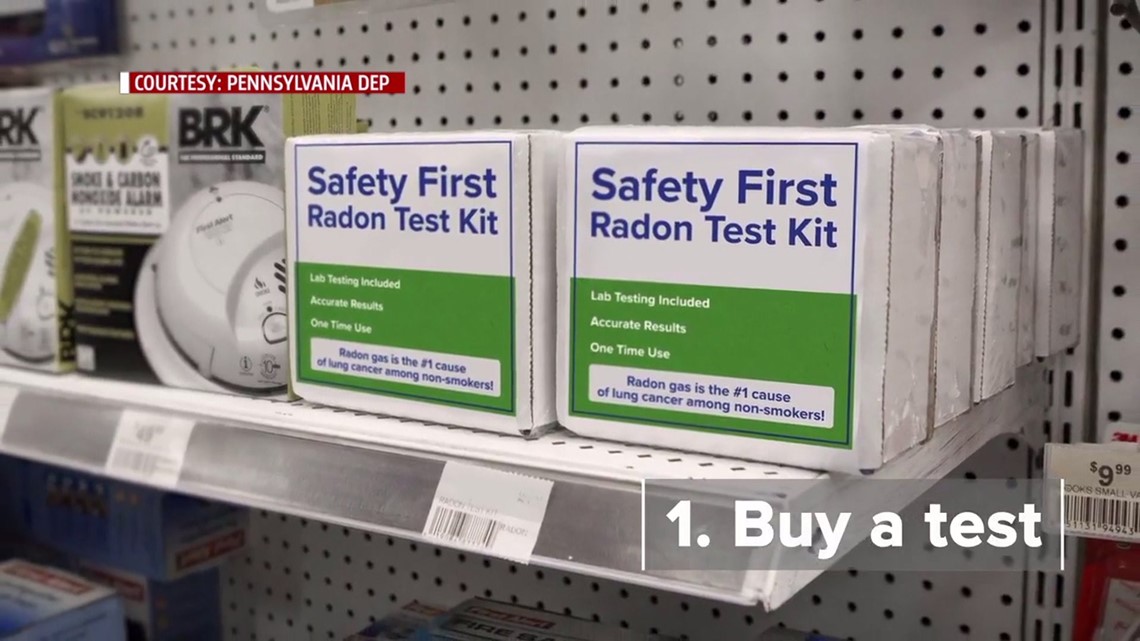What is radon gas? Is it dangerous?
Is radon really bad for you?
Breathing radon over time increases your risk of lung cancer. Radon is the second leading cause of lung cancer in the United States. Nationally, the EPA estimates that about 21,000 people die each year from radon-related lung cancer. Only smoking causes more lung cancer deaths.
If you can keep your indoor radon levels at 2 pCi/L or lower, you'll encounter really reduced boosted risk of establishing lung cancer cells due to radon. When you get to the 1.3 pCi/L level that is typical for interior air, just two non-smokers out of 1,000 will certainly develop lung cancer specifically because of the direct exposure.
Radon airborne is considered to be a bigger health and wellness hazard than radon in residential water so the United States Environmental Protection Agency suggestion is http://Radon1.com to not evaluate for radon in water unless a radon in air test is over the activity level. Nonetheless, some US states, such as Maine where radon levels are higher than the nationwide average, advise all well water needs to be tested for radon. The United States government has not set an activity level for radon in water.

Is radon mitigation really necessary?
When radon gas enters the body, it exposes the lungs to small amounts of radiation. In small quantities, experts say this is harmless. However, in persistent exposures or larger quantities, radon can damage the cells of the lining of the lungs, increasing a person's chance of developing lung cancer.
The initial significant studies with radon as well as health happened in the context of uranium mining, first in the Joachimsthal area of Bohemia and afterwards in the Southwestern USA during the very early Cold War. Underground uranium mines may have high focus of radon since radon is a product of the radioactive decay of uranium. Lots of uranium miners in the 4 Corners area contracted lung cancer cells and various other pathologies as a result of high degrees of direct exposure to radon in the mid-1950s. The searchings for were released in the journal Health Physics in 2008.
- Your risk of lung cancer raises considerably with exposure to greater radon levels.
- Lung cancer threat increases 16% per 2.7 pCi/L increase in radon direct exposure.
- Radon gas is a naturally-occurring byproduct of the radioactive decay of Uranium in the dirt.
- Depending on your geographic area, the radon degrees of the air you take a breath outside of your residence may be as high as 0.75 pCi/L.
- The national average of outdoors radon levels is 0.4 pCi/L and it is estimated by the National Academy of Sciences that exterior radon degrees trigger approximately 800 of the 21,000 radon induced lung cancer cells fatalities in the United States each year.
- The United States EPA has put it simply, stating, "Any type of radon direct exposure has some danger of creating lung cancer cells.
The important things to remember is that the danger for lung cancer from radon is random and also resists statistics. People might be revealed for a life time at really high degrees without getting lung cancer, while others may be revealed at modest degrees for a year or more and also agreement lung cancer cells. Radon is one of minority ecological threats we have some control over. Many individuals fear that if a radon examination shows high degrees in a specific home, that the house is in some way tainted and cheapened.
What are the symptoms of radon in your home?
If a person has been exposed to radon, 75 percent of the radon progeny in lungs will become "harmless" lead particles after 44 years. When an alpha particle damages a cell to make it cancerous, the onset of lung cancer takes a minimum of 5 years but most often 15 to 25 years, and even longer.
You angle know whether your home has undesirable degrees of the gas unless you have actually the air tested because you cant see or smell radon. Nevertheless, if tests show that radon is placing you and your household in jeopardy, you can take some easy steps to clarify.

How long does it take for radon to cause cancer?
Fact: You will reduce your risk of lung cancer when you reduce radon levels, even if you've lived with an elevated radon level for a long time. Keep in mind that radon levels below 4 pCi/L still pose some risk and that radon levels can be reduced to 2 pCi/L or below in most homes.